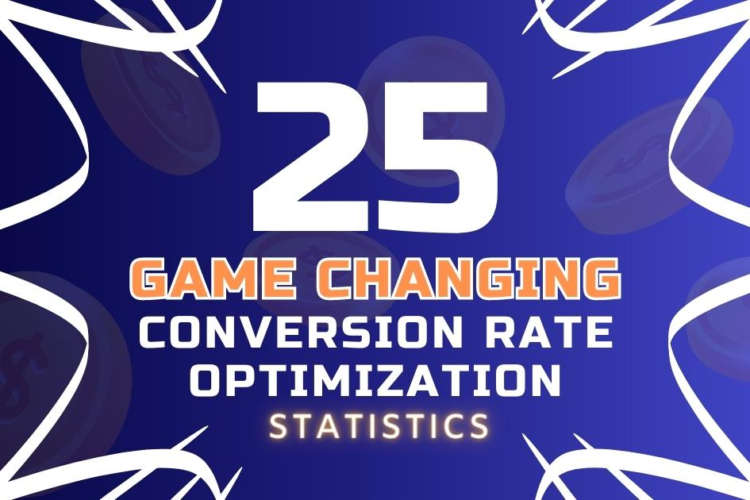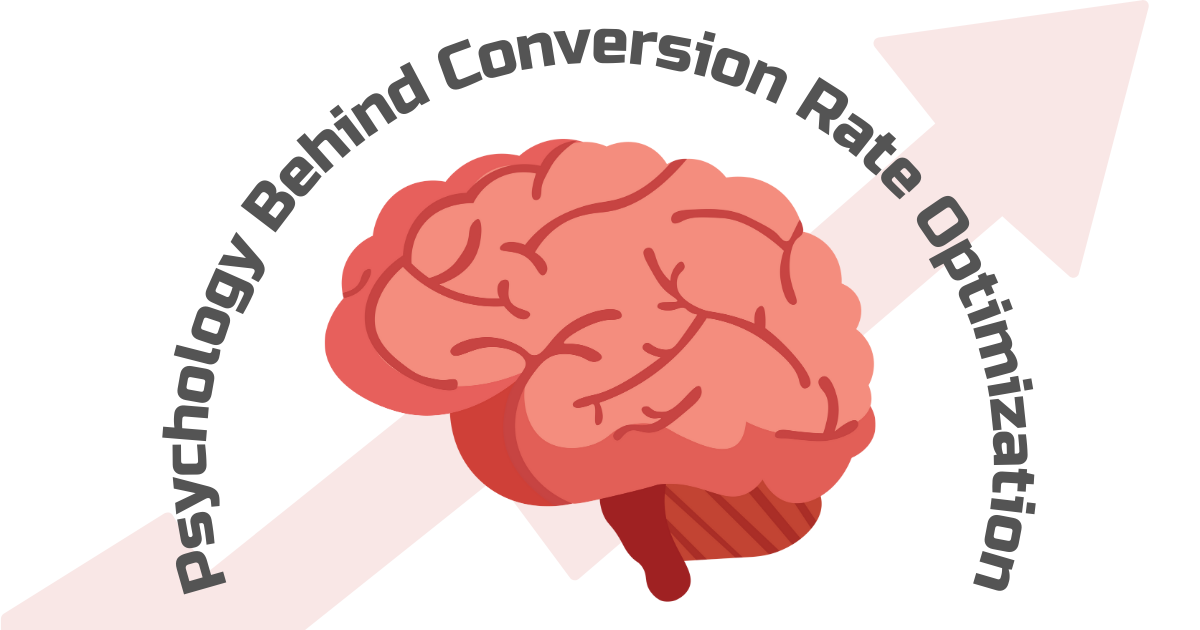
Conversion rate optimization has been under the spotlight for quite some time. This doesn’t mean that it’s a new science. It is however gaining more value when business owners started to realize that the way a website looks, has a direct effect on sales. And not just a small one!
Since day one of learning about Marketing, I was told that marketing is all about the consumer and answering their needs. That science kept on ruling our strategies if we were ever planning to succeed.
And boosting your website’s conversion rate is no exception to this rule! The science of conversion rate optimization is all about the psychological factors of your consumers and how you can make things easier for them. And here’s how
Why it is important to understand your target audience?

Understand a whole target audience, are you nuts! I can barely understand my wife.
All my female readers, please don’t go mad at me, even men’s behavior is hard to understand.
But if you want to shovel your way through that hard rock road of conversion rate optimization, you will have to understand the psychological aspect of that science.
The bottom line for understanding that is to realize that customers are always too lazy. Long gone are the times when customers had to go strive in order to find a specific product for fulfilling their needs.
Today, the market is over-saturated with competing brands to solve any problem.
When a user is looking to fulfill a need, they are looking for easily reachable and digestible information. Technology has made people’s lives a million times more quick and easy, and if you don’t jump aboard that horse, you’ll be neglected and forgotten.
Tracking and Reporting in the Digital World

Offline Era
In older times, a storekeeper standing in his own store was capable enough of doing all the monitoring and analysis he needed. He could witness which products were purchased, and which were ignored for high price or low quality. What is the seasonality of each product and so on.
Storekeepers were capable of making assumptions about how their customers behave around the different products displayed in their stores.
Those assumptions led to further optimization in the way they used to display their products and market for them, leading to higher sales volume.
Digital Era
But the internet has altered human behavior for both the buyer and the seller. Yet, storekeepers still need to make the same monitoring and analysis in order to present their goods in the best way possible. However, with the lack of physical interaction, a digital solution was in need.
That’s when tracking tools come in handy. Tools like Google Analytics and Hotjar can help online business owners study and understand their target audience.
That’s all sugar and spice, but how do I understand the behavior of my target audience and begin conversion optimization?
Three important questions to ask yourself for understanding the psychology behind conversion rates
In order to understand the psychological factors underlying the psychology of your website’s conversion rate, you need to ask yourself the following three questions.

1 What is the nature of your product?
The type of your product or service can have a great impact on the way users interact with it. For example, you can’t people to buy diapers the same way they buy cars or real estate properties!
Some products are price elastic and some products are only viewed as attractive in terms of numerous evaluation criteria such as (durability, functionality, ease of use, product design, etc)
In order to facilitate that evaluation process for you, I have grouped them into three major categories.

Higher value products – Research Intensive
Those are the type of products that are quite expensive and usually require a lot of research and thought in order to come to a final decision. Those types of products are very rarely sold online, however, online conversion is usually a hooking point.
For demonstration, let’s consider the process you go through when considering a new home. Do you just wander the streets and buy the first house you find with a sale sign. Or do you consider buying a home based on its price alone? Certainly not.
Real estate is the most obvious example of higher-value products that require a ton of money and research. Cars, jewelry, club memberships, furniture, and that kind of products can be considered high-value, research-intensive products.
Mid-value products – a bit of research required
With mid-value products. customers usually do a little bit of research prior to reaching a final conclusion regarding their purchase decision.
The research phase for those products is not as long as the high-value products, and neither is their price point.
A good example of mid-value products would be the fashion industry, where users would spend some time evaluating what suits them the best and has the best quality that matches their requirements.
They won’t however has as many evaluation criteria as when choosing a car or a house. Mid Value products can be purchased online and a few Conversion rate optimization practices can make a huge difference in the number of conversions.
Carts of mid-value products can include a number of 1 to 10 pieces on average.
Low-value products – no thought or research required
Low-value products are those that don’t require any prior research at all. They can be purchased on the spot when encountered.
Their price point is usually on the lower end and follows a weekly or monthly purchase frequency. To give you an idea about Low-value products, you can think of cosmetics and hygiene products purchased at any supermarket.
If you are in need of any of those products, the maximum research you would carry is to turn a bottle around and read some more information about them. You can also check if the package has any running promotions.
2 Who are your target audience?
Answering this question will be your second and most important lead in the process of understanding your consumer behavior.
Forming a full picture of your target audience can be quite challenging. Of course, it is not as hard for all products. Some products are quite easy to predict.
Target audience identification depends initially on the company’s marketing team carrying out the proper research.
For established businesses, this can be done by checking and evaluating historical data. But, for new arising businesses, marketers will have to carry their own market and competitive research to discover the potential markets and identify which segments to target.
The process doesn’t stop at the marketing team discovering the target audience through initial research. When marketers proceed with their marketing efforts and start pushing traffic to the business’s website, and social media platforms, that target audience becomes clearer.
Third-party tracking tools like Google Analytics, and Hotjar can help build the complete picture with further demographical and behavioral data.
For example, Google Analytics can help you realize the percentages of male-to-female website visitors. You can even identify the percentage of traffic generated from each age range and country. Want to go extreme, dive deeper into each country, and identify which cities generate the highest number of visitors.
That way you can target your media buying campaigns very precisely to the right segments.
Some services or products are subject to marketing seasonality and website tracking tools can help you identify the seasonality of your target markets. The hospitality and travel industries are the best representation of that case.
3 What are your target audience looking for and what drives them to convert?
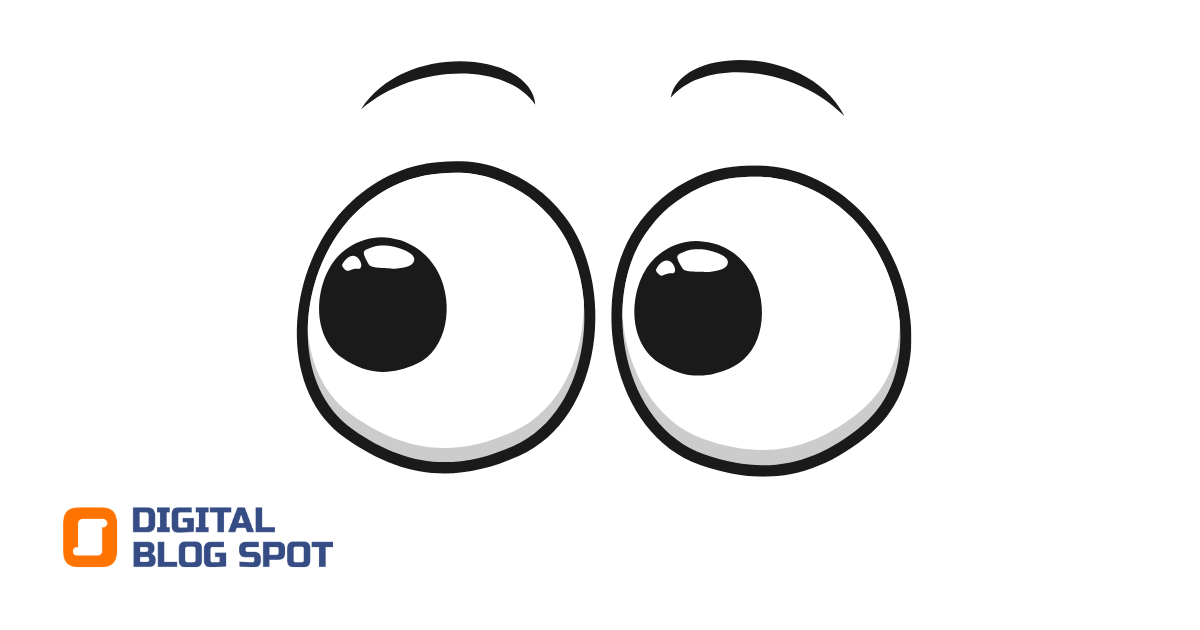
Now that you have identified who your target audience is, it’s time to learn more about what they want, what attracts them, and what language they speak.
Of course, by Language, I don’t necessarily mean English, French, or Spanish. Despite that the latter might be the case, what we want to say is you need to learn about the terms they use the most while speaking. Those terms can help you provide an extremely tailored message for them.
Only when you understand what your target audience is looking for in their purchase, you will be able to carry the proper Conversion optimization practices to improve your conversion rate.
Marketers should focus on developing a website experience that provides their audience with everything they are looking for. Those requests are not necessarily promotions and giveaways but can be as simple as a minimalist clean design that is easy to understand and interact with.
General Psychological Factors that affect conversion rate
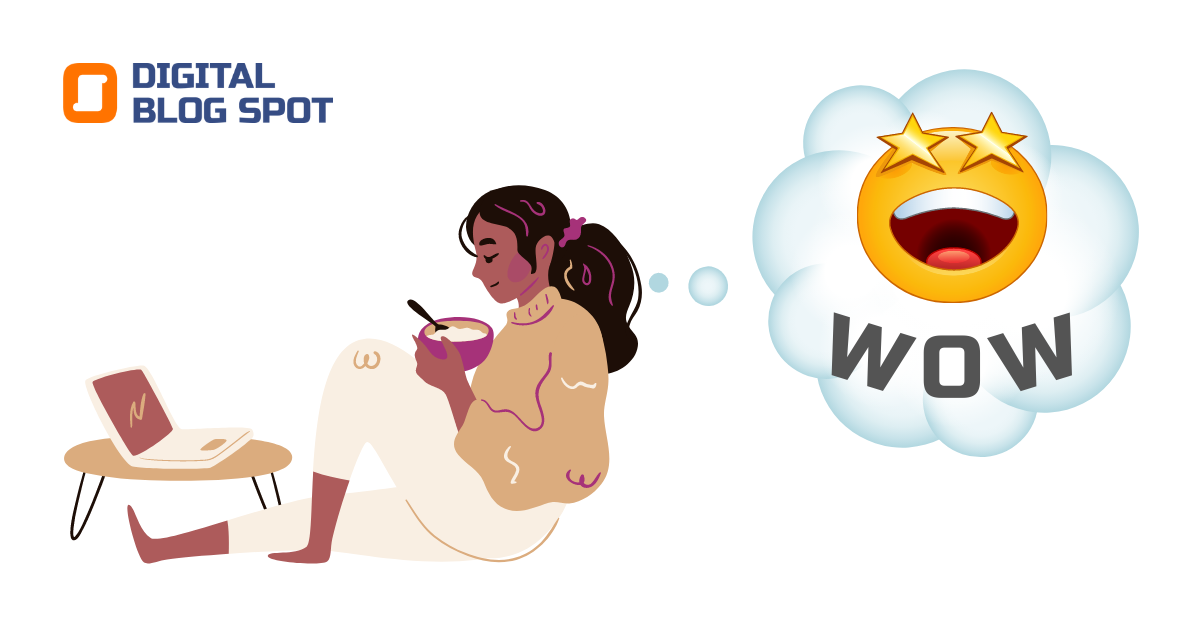
Our brain usually works in ways that we aren’t always aware of. That allows marketers with a little bit extra knowledge of psychology to manipulate the minds of their consumers.
Now I’ve been accused of being immoral like a zillion times by human rights activists. Please don’t go harsh on me, I didn’t mean the bad manipulation schemes.
What was intended in the above sentence is, by using some optimization techniques based on your understanding of the human brain, you can increase your target audience’s potential for conversion.
First Impressions

How many times have you read that the first impression is the last impression?
That’s the same with online website users. When a user visits your website for the first time, they will form an initial impression of your business based on the way your landing page looks.
That is not only helpful with conversion optimization practices, but also if the user may convert through any other channel.
The looks
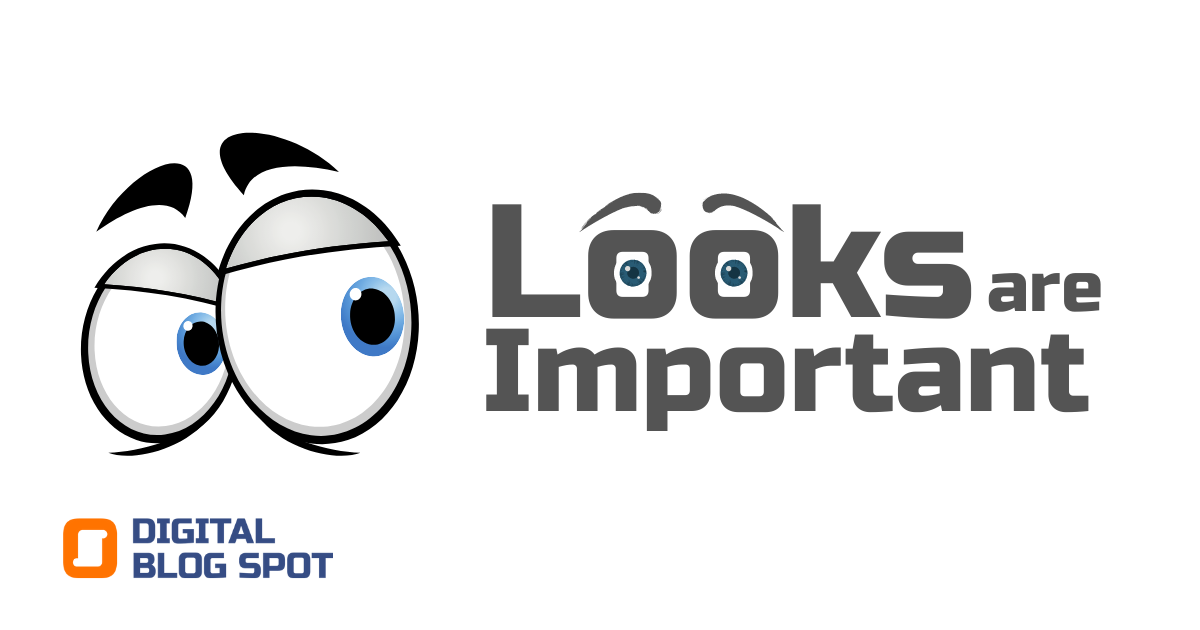
Imagine yourself going into a store to buy a piece of fashion clothing. What will be going inside your head if you are met with broken lights, badly dressed salesmen, and tainted glass? The first thing that comes to your mind is, that can’t be a fashion store!
The same scenario applies to websites. When a user visits your website for the first time, they better find everything well structured and reflecting a proper brand image.
By doing so, you will be setting a good first impression upon which you will continue to display your products in a nice way.
Users make up their minds about a website within the first 5 seconds. by choosing a catchy and unique design for your landing page viewport, you will certainly enhance your users’ positive experiences.
Try to eliminate as much as possible of the negative space around the header section and nav menu of the landing page.
First impressions are stored in the long-term memory of human beings’ minds. That places a liability on you to provide the best positive experience possible from the first moment a user lands on your website.
The speed
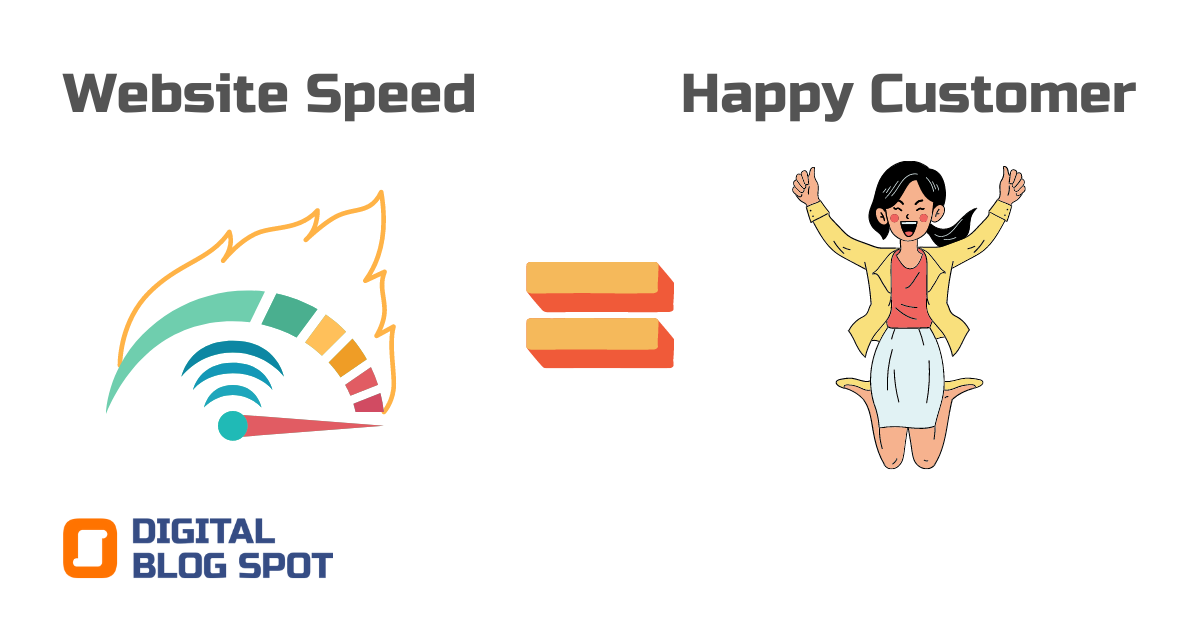
Remember what we mentioned in the above section? The first of the general psychological principles is that humans make their minds in the first 5 seconds of interacting with your website.
Imagine if your website kept loading for 6 seconds! =D Funny isn’t it? I bet most people won’t think the same. To help create the best positive experience for your target audience, you should give great focus to your website’s loading speed.
A slow website is like a traffic repellent. Today’s users are pretty busy, and even if they are not, they got used to fast pace life. A slow website would feel like slowing them down.
Not only will it take them longer to convert which should be the greatest nightmare of yours, a slow website will kill the professional first impression you are trying to inflict.
The hooks

Hooks are your call to action, promotions, and any other feature that you think might capture the attention of your users. Those should be placed at the top of your landing page, to get your users hooked with your page’s content and keep them reading.
When you create hooks, you are shortening the time and series of steps required from a user to complete a conversion, in turn leading to higher conversions and more sales.
Trust and Credibility
It goes without saying, that the more you trust a brand or a product the more potential you are to convert.
Trusting a brand gives you inner confidence in the quality it will provide. Furthermore, if something goes wrong with your order or received the product, you will be confident in the brand’s way of handling the problem.
But it is not easy to build trust. Trust is not something you can claim, trust is earned. By working a few tricks, however, you can gain credibility in the eyes of your customers.
Social Influence

Social influence can be defined as the intentional or unintentional change of a person’s opinion; and can be a result of many factors like observation, social loafing, conformity, and peer pressure.
Social influence is more of a social psychological effect rather than just a matter of psychology. Science studies how an individual’s behavior is altered through social interactions.
A leading psychologist, majoring in the field of social psychology called Philip Zimbardo carried out an experiment known as the “Stanford Prison Experiment” to demonstrate the effectiveness of social influence in a closed environment. He quoted the below in his book ” The Lucifer Effect”
The most apparent thing that I noticed was how most of the people in this study derive their sense of identity and well-being from their immediate surroundings rather than from within themselves. – Philip Zimbardo
Social proof is one of the best practices Marketers and Ecommerce specialists use in order to force the effect of social influence. Social proof is the act of showing your customer that a lot of other users trust your brand and have used your products before and like it.
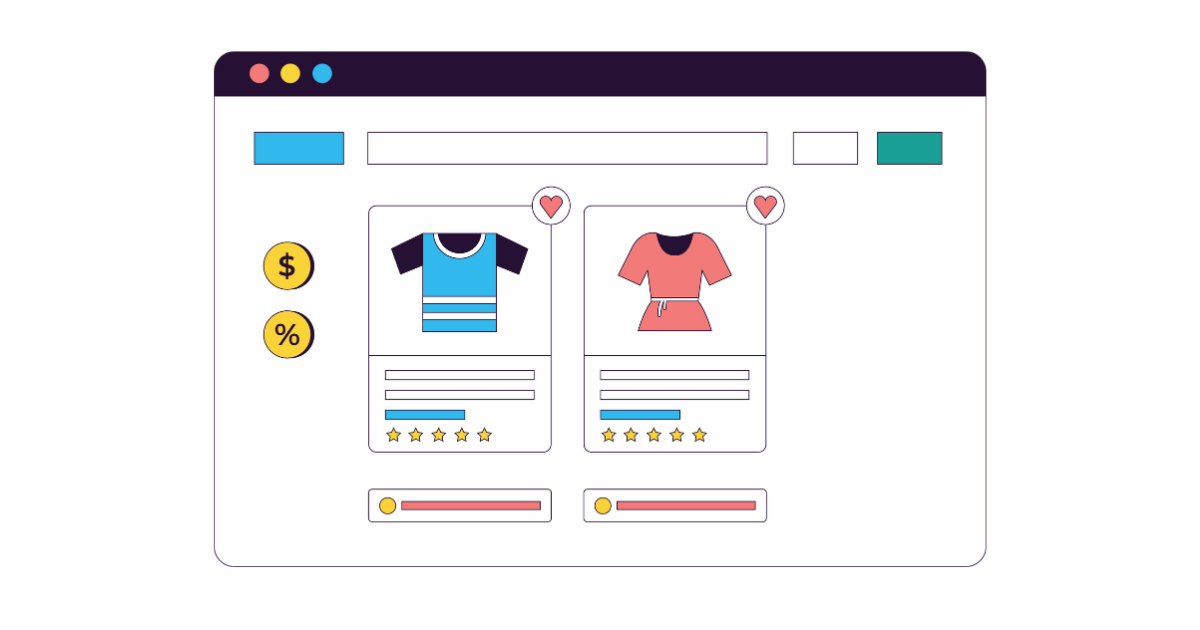
Among the best-known practices to demonstrate social proof is to include customer reviews of your products on the product page.
That way any customer that checks the product page will learn that the product is actually being purchased a lot and is gaining a lot of good credit.
Another approach can be to embed the number of your social media followers on your website to demonstrate that your brand is reputable and being followed by a large number of users.
Adding the number of people who completed a certain conversion event to a specific page can be another great example of social proof usage for inflicting trust and credibility over your brand.
Information Adequacy
How many times have you gone searching Google for a specific product and found 10 variants for the same item?
At this point, you are only left with one choice, you are going to read the full description of each product, to find out which are original and which are fake.
Since you can’t hold the product between your hands and check its quality and dimensions, your only option is to read the full description to learn about it.
But what if one option gives you a full description and the other just mentions a small portion of the product details. Most probably, you will ignore the one with incomplete information, right?
Expect your users to act the same, when a product’s information is incomplete or not enough to make a clear judgment, users are most likely to abandon the product and not add it to their carts.
Supporting your product descriptions with information about product dimensions, materials, usage method, manufacturer, and warranty can help increase conversions.
Visuals
Adding clear high-quality visuals to your landing page or your product page can increase conversions significantly.
When a user finds more than one picture on your product page for example, he will certainly shuffle through them to discover the different colors, or angles of the product.
In our modern world, a lot of users tend to prefer visuals over text, hence if you don’t provide them with what they want, most probably you won’t be able to capture them.
The psychology of colors and emotional triggers
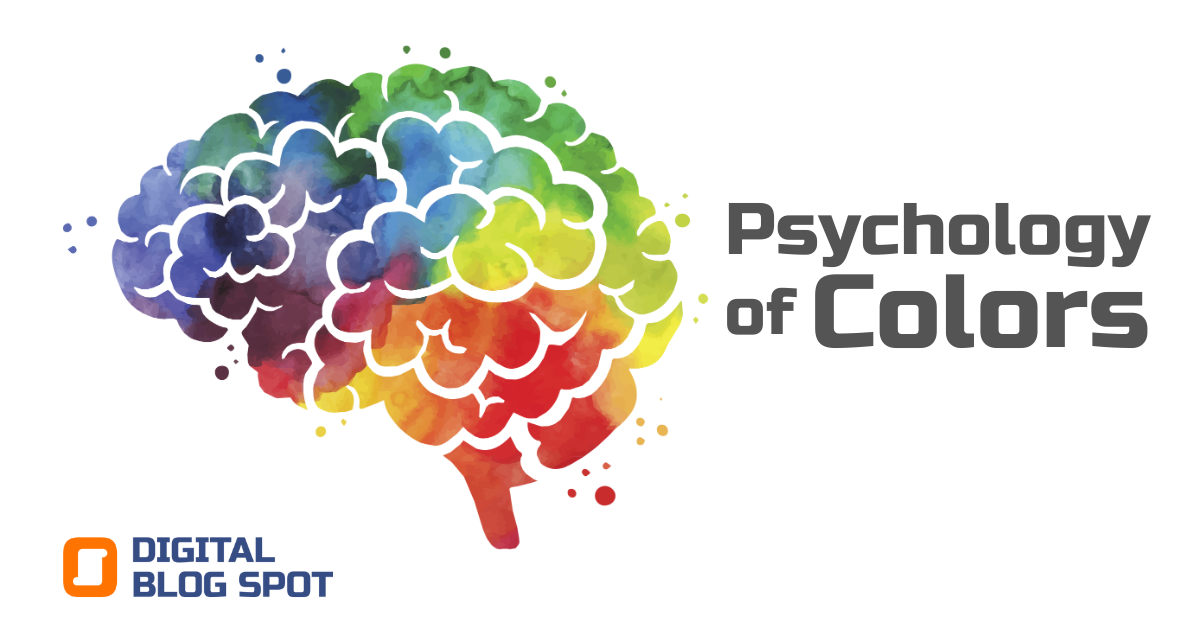
You might be surprised that colors can have a direct effect on the way you feel. In fact, if you are trapped in a yellow room, you might feel stressed and anxious.
On the other hand, we usually go to the beach in order to chill and relax in front of the blue water of the ocean.
Colors can be extremely powerful in altering moods and inflicting certain emotions. That’s why they are chosen by marketers carefully to influence certain psychological reactions.
For example, call-to-action buttons are preferred to be in a clear vivid color that can capture the attention of your website users.
Some marketers prefer to place the buttons that they require the users to click in green color and the buttons that they want to refrain the visitors from in red color.
Adding some white space to your website elements can enhance the user’s comfort while surfing your website.
Choosing the right colors that represent your brand is quite important to deliver the right image for your audience. For example, if you are associating yourself with a luxury brand, use more gold.
Scarcity and Urgency can make all the difference

Do you know what makes gold quite appealing and desired by everyone? Its scarcity. Scarcity means that the element is only available in very few quantities around us.
When an element is to be rarely found, people race to get it and its price usually rises.
If you apply the same concept to your conversion optimization practices, you can see some quite impressive results.
Let’s carry out a small live test together. If you are running your own ecommerce website, go add the number of products left on a specific promotion and watch the results. But make that number very limited, like 2 or 3 pieces remaining.
Another practice that is quite effective when it comes to enticing urgency with your conversion funnel is limited-time offers. But this time, add a countdown timer for the promotion on your landing page. I have personally fallen into the trap a million times before I understood the trick.
That psychological effect is called “fear of missing out”, which means that people are afraid to miss the offer and buy the same product later at a higher price.
But you are the winner in this case, as you drive the users to convert instantly. Who knows if that user would have returned to your website again or gotten lost in his busy life. He may even have changed his mind in the very few hours after he left your website.
Make it easier, your customers are super busy

Treat every customer as if he was the president. If you met the president for one minute and you are supposed to sell him your product or service, what would you do?
Most probably you would make things quite easy and simple to understand, and you will jump right into the solid of the topic (What you have to offer). Website visitors are no different.
The less complicated your website will be the less the bounce rate you will have and visitors will spend more time on your site checking products and engaging with them leading to increased conversions at the end of your conversion funnel.
Eva Cosmetics Case Study
I used to work at a cosmetics brand in the local Egyptian market called Eva Cosmetics. They used to run the conversion campaigns and wonder why they are only receiving a fraction of conversions from the total traffic that arrived on their landing pages.
The conversion rate didn’t reach a solid 1%. and the website had some minor issues but certainly was not blocking conversions that much.
When we started by asking the 3 questions we learned the below.
Our product was in the low-value range and that meant it was not research or thought-intensive.
Our target audience did consist mainly of females from 18 to 40 years of age. Females older than that weren’t used to online shopping.
People usually trusted the quality of our products from friend referrals
Our products were available in all local pharmacy stores around every corner
People didn’t want to spend the delivery charge which was almost 50% of any product’s price.
Our audience was looking for promotions to purchase.
Some individuals needed full routines instead of individual products
And hence we applied the below set of amends and tactics to optimize for better conversions.
Delivery service was organized not to exceed a delivery time of 2 days.
When users ordered for a total of 300 EGPs, the order was set to be free delivery.
We created some attractive promotions based on the requests of the customers.
Promotions were displayed on a large banner on top of any landing page.
we started naming our product bundles as routines per the specified use case
That led to tripling the conversion rate from less than 1% to 1.6%




